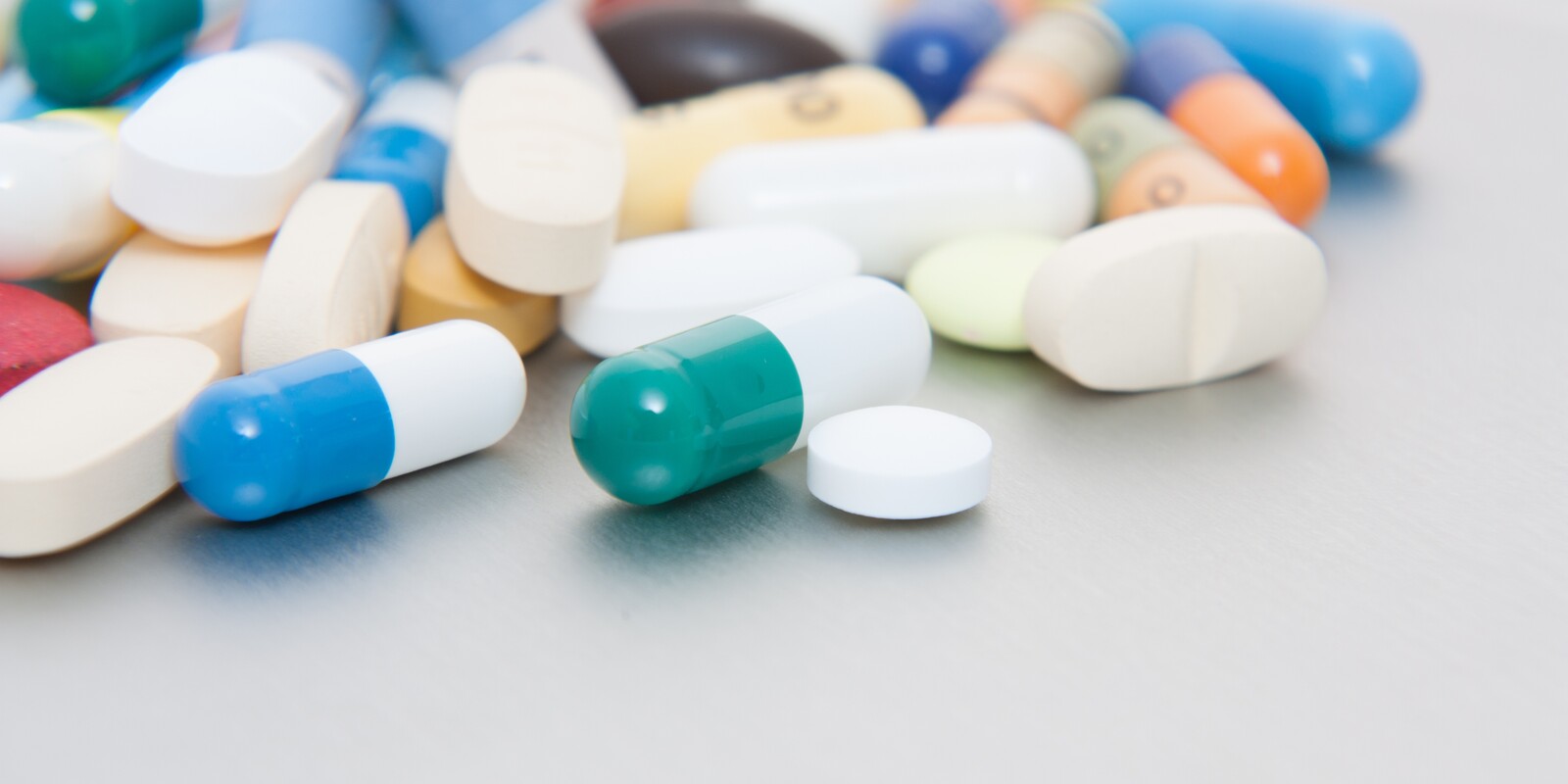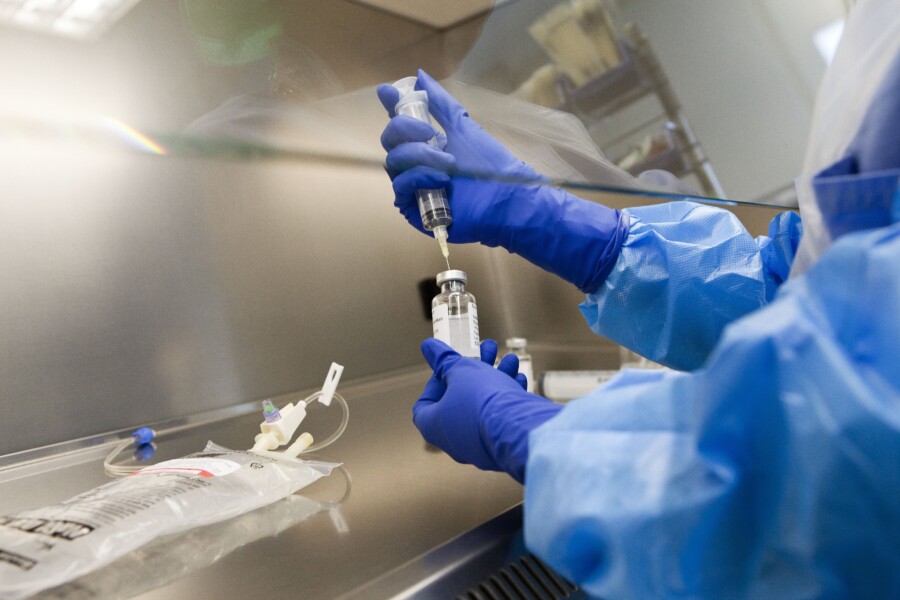Aiming for the ‘high-hanging fruit’ – evaluation of the Dutch expensive medicines policy 2016-2018

The Dutch Ministry of Health, Welfare and Sport (VWS) commissioned SiRM to evaluate the Dutch pharmaceutical policy. Our evaluation shows that the policy’s ‘low-hanging fruit’ had already been ‘picked’ during the first three years post-publication, since its publication precipitated a sense of urgency in healthcare and increased pressure on the pharmaceutical industry. Innovative drug prices have been reduced somewhat and appropriate drug use has become an important theme. Halfway through the predetermined policy period, it is now time to aim for the ‘high-hanging fruit’: sustainable solutions for securing socially acceptable prices and appropriate use of innovative drugs.
The Ministry of Health, Welfare and Sport asked SiRM to conduct an interim evaluation of its drugs policy. An interim evaluation critically examines the policy’s effects and draws lessons from its design and implementation. With the primary purpose of safeguarding access to innovative drugs at socially acceptable costs, the Dutch pharmaceutical policy arrived at the Dutch House of Representatives in early 2016.
As part of the evaluation, SiRM was asked to study the Dutch pharmaceutical policy’s effects, identify possibilities for improving its effectiveness, and identify indicators for monitoring policy effectiveness and efficiency in preparation for the ex-post evaluation in 2022.
We conclude that the ‘low-hanging fruit' was picked in the first three years after the Dutch pharmaceutical policy’s publication. Halfway through the predetermined policy period, the time has now come to aim for the ‘high-hanging fruit’ and use additional indicators to monitor policy effects in preparation for the ex-post evaluation.
The 'low-hanging fruit’ has been picked
Based on interviews, questionnaires, interactive sessions and desk research, we conclude that the ‘low-hanging fruit’ was already picked during the first three years of pharmaceutical policy’s predetermined period. Its publication precipitated a sense of urgency in healthcare, originating from a joint responsibility to control innovative-drug expenditures. In addition, its implementation contributed towards its goals in several ways. First, it reduced prices to some extent, though they remain high. Second, the appropriate use of innovative drugs has become an important theme, although not yet systematically investigated and implemented for each innovative medicine entering the market. Third, all innovative drugs are now included in the healthcare insurance package. However, insights into timely access to innovative drugs across Dutch hospitals remain limited.
It is now time for the ‘high-hanging fruit’
Halfway through the policy’s predetermined period, it is now time to reach for the ‘high-hanging fruit’. Although the Ministry of Health, Welfare and Sport is already addressing this, we recommend that the Ministry apply more focus on effectively deploying people and resources in government and healthcare. At the national level, we recommend optimising the current procurement of innovative drugs and stimulating and facilitating research on appropriate innovative-drug use. At the European level, we recommend securing socially acceptable prices for innovative drugs by exerting joint pressure and refining European/international laws and regulations.
The ex-post evaluation requires additional indicators
We recommend evaluating the policy’s effectiveness by measuring innovative drugs’ affordability and accessibility, proposing 16 novel indicators to measure policy effectiveness: 12 for affordability and 4 for accessibility. Since only a few measures enable measurement of the drugs policy’s efficiency, e.g. the measure for negotiating innovative-drug prices at a national level, the proposed effectiveness and efficiency indicators require additional data.



